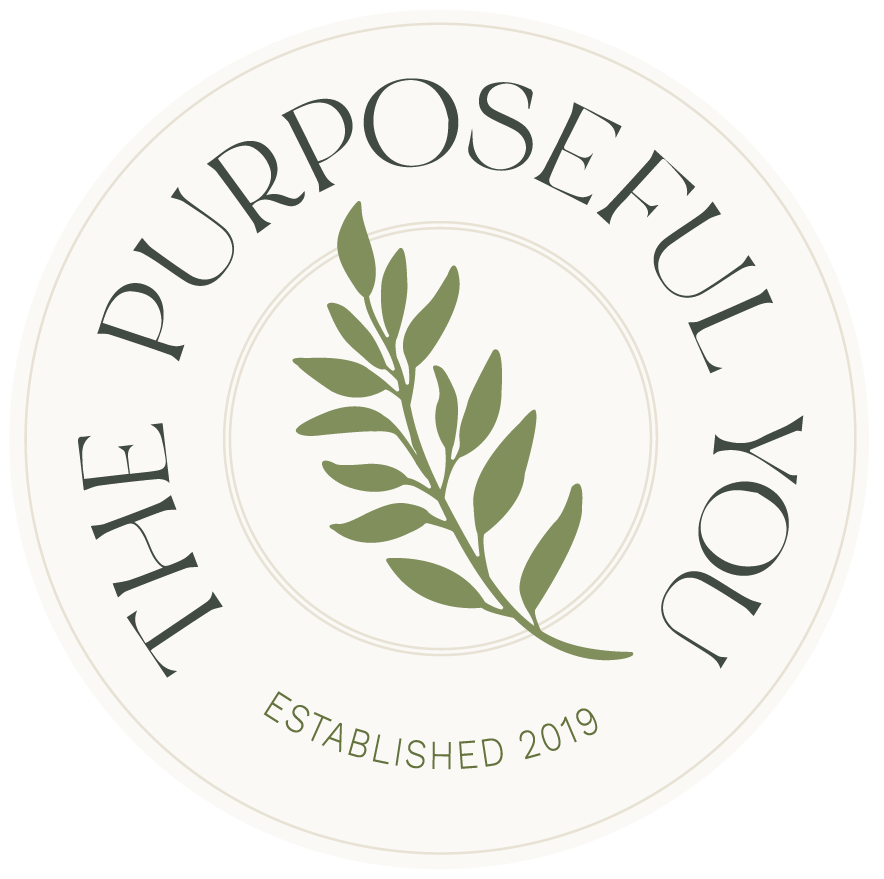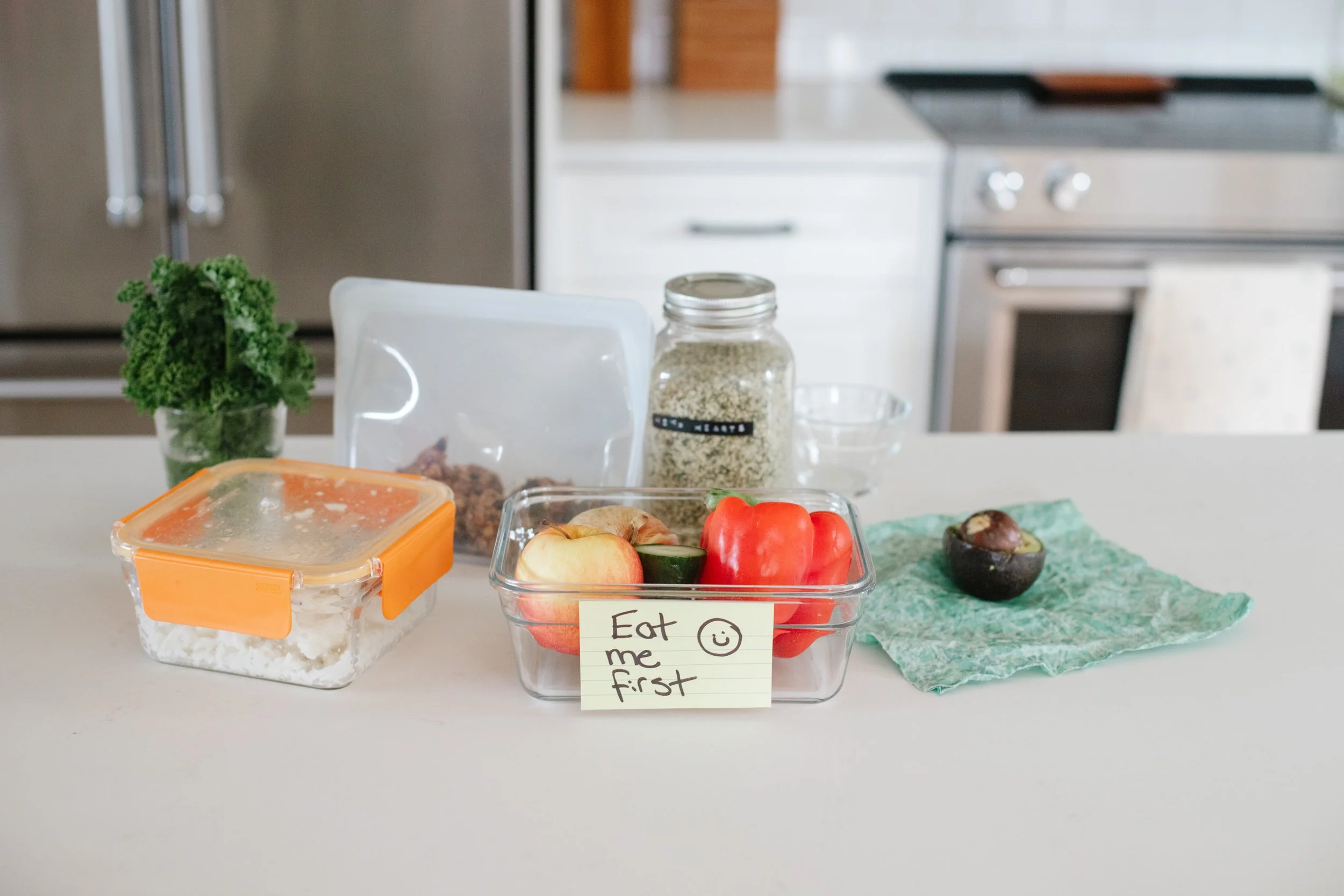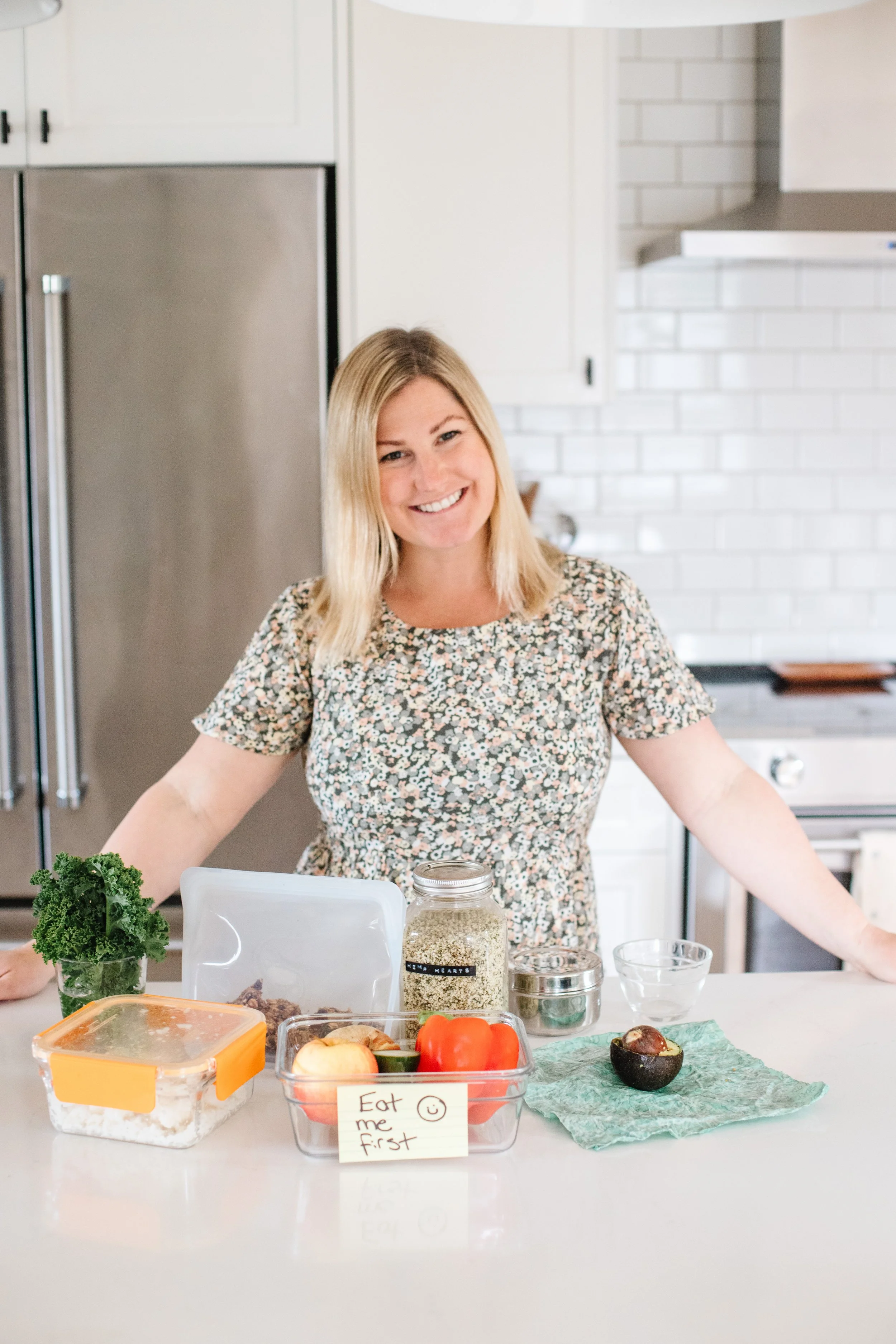Storing Food Properly to Reduce Food Waste
Did you know I wrote an e-book? It’s perfect for beginner gardeners in their first 3 years of gardening. Check it out and purchase my e-book here!
We’ve all been there: we go into the back of the fridge, not sure what we’ll find. We rummage around and pull out something that vaguely resembles a lime — covered in mold. Or an avocado that slipped past its seemingly 10-second ripeness window. Not again!
It’s not something any of us wants, yet it’s all too common. We shop with the best of intentions, load everything into the fridge, and forget about plenty of good food. That’s why today I’m sharing some tips and tricks for reducing your food waste and enjoying what you have!
Facing the facts: did you know that, according to a recent year-long study conducted by Second Harvest, nearly 60% of the food produced in Canada is tossed every year? And that 32% of that was avoidable? The annual cost of food waste in the country could have fed every person living in Canada for almost 5 months. I don’t share these facts to shame and blame — I’m guilty, too! — but to offer motivation to do what we can to stop food waste. Let’s take this knowledge and let it compel us to be better consumers.
All right, if there’s one thing I want you to take away from this blog, even if you don’t read any further, it’s this: storing food properly is one of the best things you can do to reduce waste. Many of the ways we store food do us no favours in this department! Taking stock of both your preparation methods and your storage containers will take you far. If you’re interested in learning more, keep reading for my favourite food storage hacks!
Out of sight = out of mind.
Clear containers are your friend! Use glass to store food in the fridge so that you don’t forget about it, and save the stainless steel containers for snacks or bringing a packed lunch. You can also store produce like avocados in bowls, to keep them visible in the fridge and to prevent them from getting bumped and bruised.
Some foods are friends…some are not.
Say you want to speed up the ripening of a fruit — you can store it with an apple or a banana, both of which are ethylene producers. But if you want to avoid that, you should make sure you keep these separate. You should never store onions and potatoes together, as both contain a lot of moisture which can lead to faster spoiling, but feel free to store potatoes with apples to prevent sprouting.
Who needs plastic wrap or bags?
Beeswax wraps and silicone bags are among my most-used and most-recommended sustainable swaps. Keep half of an avocado fresh longer by covering it in a beeswax wrap and storing it in the fridge. I find it helps to keep the pit in, we love Nature Bee Wraps (use code PURPOSEFUL10 for 10% off at checkout)! As for silicone bags, I use my Stasher bags for everything — including snacks for my son and treats for my dog!
Thyme is of the essence!
Fresh herbs can elevate any dish, but at the same time, they can be difficult to keep fresh. Not to mention, we always seem to end up with more than we can use in time! Avoid this by storing herbs, stems down, in a glass of water in the fridge. If they're about to wilt, store them in olive oil in ice trays in the freezer!
Out with the old, in with the new!
By which I mean “out with the old” to eat first, and “in with the new” to the back of the fridge! After shopping, rotate through your groceries by placing new items at the back and bringing older items to the front. One of my go-to hacks is to make an "Eat Me First" bin. Using a clear bin, add any produce that's about to go off and keep it front and centre where you can't ignore it. Grab and go!
It’s that easy being green!
We're all trying to get more greens into our diet, but sometimes the greens go before we can! There are a few different tricks for storing kale, lettuce, etc. Wrap washed greens in a tea towel (I love the ones from Ten and Co), store them in a glass with an inch of water (stems or base down) or stuff them in a sealed mason jar. Test out different methods to see what works for you and your veggies!
Keep those jars.
One of my cardinal rules is that you can never have too many jars. Keep jars from sauces and spreads to upcycle into future food storage. They always come in handy for helping my pantry items last (did you know that hemp hearts need to be stored in the fridge after opening?!).
Know your fridge.
This one is important, but unfortunately I can't tell you exactly what to do as every appliance is different. All I can do is encourage you to learn your fridge — monitor temperatures and learn what's best to keep in each zone. The same goes for your freezer!
There are a ton of different tips available online for how to store food and keep it fresh longer. I know it can be quite overwhelming. While this blog isn’t comprehensive, I hope it helped simplify some things for you! Even if you try just one of my top 8 ideas, that’s a win in my books. Above all, I hope you find what works for you! There are many ways to reach the same goal — to stop food waste. What matters is that we’re getting there, one finicky avocado at a time!
P.S. I’d love to learn other food storage tips from you, so please drop them in the comments or tag me on Instagram to share.
* Note: Some links featured in the above post are commissionable/affiliate links.









